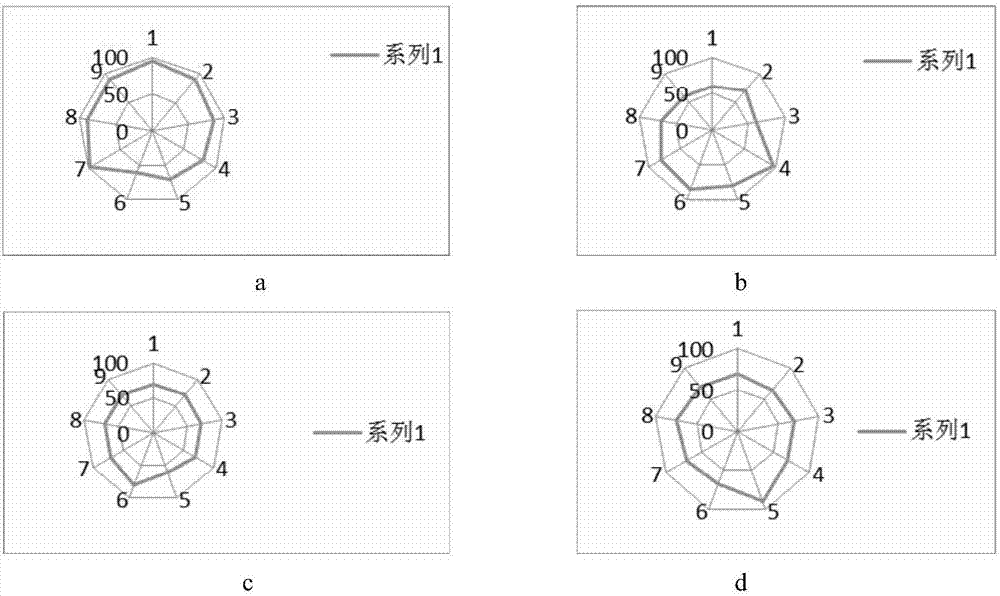SRV function-based collaborative filtering recommendation algorithm
A collaborative filtering recommendation and algorithm technology, applied in the Internet field, can solve problems such as failure to consider, decrease in satisfaction, and inability to retain users for a long time, so as to achieve the effect of ensuring correctness and high efficiency
- Summary
- Abstract
- Description
- Claims
- Application Information
AI Technical Summary
Problems solved by technology
Method used
Image
Examples
Embodiment Construction
[0031] The technical solution of the present invention will be further described in detail below in conjunction with the accompanying drawings and specific embodiments.
[0032] As shown in Figure 1, concrete implementation steps of the present invention:
[0033] Step 1 classifies all perceptual attributes of users according to the data of all users. Specifically, the K-means clustering method can be used to classify users first.
[0034] Step2 extracts the features of the category to which it belongs, obtains the representative element of the category, and then obtains the corresponding spider diagram.
[0035] Step3 first calculates the distance of each representative unit for the new user added to see if it is this type of user, if it is, then it is classified, if not, it goes to the next step.
[0036] Step4 rotates the new user, and each rotation angle can be determined according to the number of attributes until the optimal rotation angle is found.
[0037] in Figure...
PUM
 Login to View More
Login to View More Abstract
Description
Claims
Application Information
 Login to View More
Login to View More - R&D
- Intellectual Property
- Life Sciences
- Materials
- Tech Scout
- Unparalleled Data Quality
- Higher Quality Content
- 60% Fewer Hallucinations
Browse by: Latest US Patents, China's latest patents, Technical Efficacy Thesaurus, Application Domain, Technology Topic, Popular Technical Reports.
© 2025 PatSnap. All rights reserved.Legal|Privacy policy|Modern Slavery Act Transparency Statement|Sitemap|About US| Contact US: help@patsnap.com



